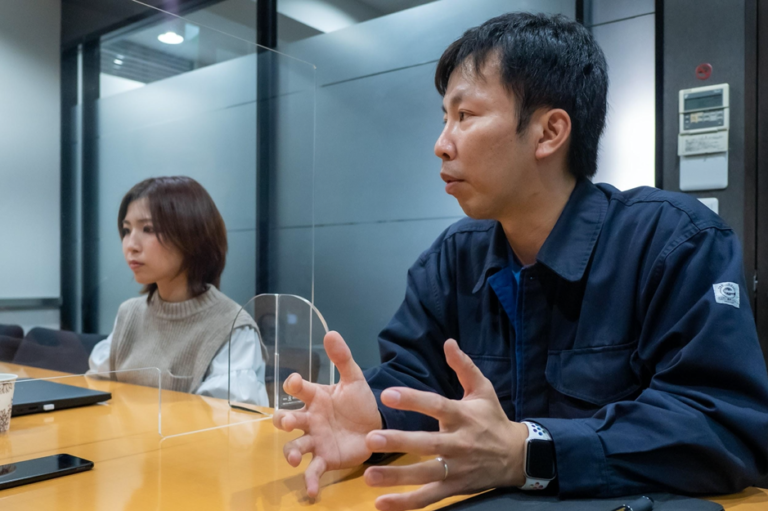Did you know the best starry skies in Japan are in Achi village in Nagano prefecture?
Achi is considered to have Japan’s most beautiful starry skies, and in 2006 it was certified by the Ministry of the Environment as an ideal stargazing spot in the national continuous starry sky survey.
Mr. Yoshihito Kojima from the Star Village Achi Promotion Council took the above picture of the stunning milky way with the THETA 360-degree camera.
So, take a look at Japan’s best starry sky!
Mr. Kojima taught us how to set the camera and shoot starry skies in all kinds of situations.
Although the stars look bright to the naked eye, they are relatively dim to the camera, so it takes a few tens of seconds to capture the view with a long exposure.
It will be blurry if shot hand-held, so you need a tripod on which to mount THETA.
What to prepare
・Tripod: as solid as possible so that it does not shake in the wind.
・Monopod: allows you to raise THETA higher, preventing the tripod from being in frame.
Test shots
First take a test shot because the setting depends on the surrounding brightness and overall composition.
For adjusting shooting settings, set the camera to manual mode using the basic THETA app on your phone.
Settings: ISO-3200, 10 second shutter speed, and f/2.1 (which is the maximum aperture for the Z1).
The stars move 15 degrees per hour, so over time they will move from where we want them even though the motion is hard to notice with the naked eye.
So the test shots must be done quickly to decide the best composition.
Adjust to lowest possible ISO in the actual shot
If the composition looks good, lower the ISO to 1600. The higher the ISO is, the more noise will appear and the image quality will be rough. So, it’s best to reduce the ISO as much as possible.
When the shutter speed is too slow, the stars will stretch into lines, but it is okay up to about 30 seconds. If you want to make large prints of the images, you should limit the exposure to about 15 to 20 seconds.
Settings for the phases of the moon
For reference, the settings for the brightness of the moon in Achi are as follows:reference.
Full moon
・Full moon date: Aug 15, around 21:00
・Shooting date: Aug 17 at 19:53
・Settings: f/2.1, 25 seconds, ISO-1250, auto white balance
Last quarter (half moon)
・Last string date: August 23, around 24:00
・Photo date: Aug 26 at 22:03
・Settings: f/2.1, 25 seconds, ISO-1600, auto white balance
New Moon
・New moon date: Aug 30 around 20:00
・Shooting date: Aug 31 22:05
・Settings: f/2.1, 15 seconds, ISO-3200, auto white balance
How to deal with street lights
In order to take a beautiful starry sky photo, it is necessary to shoot in a dark place without any artificial lights, such as street lights. But don’t worry, we can still shoot if there are some lights nearby.
If there is a bright light in the vicinity, reduce the ISO from 800 → 400 → 200.
You can also change the shutter speed from 10 seconds → 5 seconds → 1 second.
Adjust the exposure by using the shutter speed so that excess light is not captured.
This idea can also be applied when shooting lighting displays. This is easier because they don’t move like stars do.
In the case of decorative illumination, the auto mode will likely overexpose, so set the ISO to 100 and set the shutter speed between 3 to 5 seconds.
THETA Z1 is the most suitable THETA for starry sky photography, thanks to its high sensitivity, but it is also possible to shoot starry skies with similar settings for SC2 and V.
Give it a try the next time you get a chance to shoot the starry sky!
Please visit here to learn about the product.

Edited by Keiko




.jpg)


.svg)




